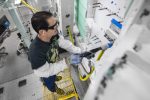
Lockheed Martin’s innovation in manufacturing technology led to four awards from the Manufacturing Leadership Council.
Now in its 13th year, the Manufacturing Leadership Awards honour manufacturing companies and individual manufacturing leaders that are shaping the future of global manufacturing.
“It is an honor to receive these awards for Engineering and Production Technology Leadership,” said Joe Rappisi, vice president for Production Operations at Lockheed Martin Aeronautics. “Lockheed Martin employees are constantly looking for improvements and cost efficient ways of doing business. These awards confirm these individuals’ desire to drive change.”
Rick Luepke, a Lockheed Martin engineering Fellow, was awarded the Visionary Leadership Award, and Lockheed Martin won three awards in the Engineering and Production Technology Leadership category for its ultrasonic hole cutting tool, forced mechanical oscillation drilling technology and mold-in-place inlet coatings project.
Luepke was recognized for his extensive impact and achievements in the manufacturing industry. He has 12 patents, either awarded or under file with the United States Patent and Trademark Office. In addition to his pioneering achievements and awards, Luepke has integrated more than $100 million of capital equipment into Lockheed Martin’s production facility, while delivering program savings exceeding $100 million. His leadership led to the development and integration of multiple cutting-edge breakthroughs in technology and manufacturing processes, like the mold-in-place system, where he served as the chief architect.
The manufacturing process for military aircraft requires drilling thousands of holes through various substrate materials in order to access fasteners holes used to attach panels. The previous practice for cutting these holes resulted in excessive debris, required the use of a downdraft table and typically resulted in a dull cutter after only a few holes. Lockheed Martin participated in an Office of Naval Research/Defense-wide Manufacturing Science & Technology funded Contract Research and Development (CRAD) effort to develop a portable, hand held ultrasonic hole cutting tool capable of cutting fastener access holes in the various substrates. Through the CRAD effort and a production pilot, followed by design optimization, the team released production units that are capable of reducing the per hole cut time by 85 percent.
Deep stack drilling can be defined as drilling through mixed materials with continuous drilling through material that is 1.5″ and deeper. Difficult to drill aerospace materials, stacked in combinations, combined with engineering requirements and large chip formation from drilling make deep stack drilling a challenging task. With forced mechanical oscillation drilling, which leverages a controllable mechanical oscillation, large chips are broken into small, lightweight, manageable chips which are easily evacuated. Integration of this new technology has enabled Lockheed Martin to significantly decrease drill times, improve hole quality and increase tool life for all deep stack applications.
The mold-in-place inlet coatings project fuses collaborative robotics, advanced metrology and conformable composite tooling into a system that can mold coatings directly to an aircraft’s contoured surface. Originating from an Air Force Research Laboratory funded CRAD, this system serves as an alternative to robotically sprayed coatings, which contain high levels of volatile organic compounds, require significant preparation and lengthy application times in a spray booth. The integrated advanced metrology technology provided a solution that allows the robot to establish its position relative to the aircraft and adjust its kinematics to place the mold tool accurately. This new coating system and process reduces touch labor 50 percent and allows concurrent work to be performed on the aircraft eliminating a bottle neck for F-35 production.
For additional information, visit our website: www.lockheedmartin.com/us/what-we-do/emerging/advanced-manufacturing.html
About the Manufacturing Leadership Council
The Manufacturing Leadership Council’s mission is to enable manufacturing executives to achieve transformational growth for themselves, their companies, and the industry at large through enlightened leadership. In support of this, the Council focuses on the intersection of advanced technologies and the business, identifying growth and improvement opportunities in the operation, organization and leadership of manufacturing enterprises along their journey to Manufacturing 4.0. The Council delivers thought leadership, networking, and services around a member-defined set of Critical Issues that are shaping the future of manufacturing, including an invitation-only executive organization of over 800 members; the annual Manufacturing Leadership Summit; the Manufacturing Leadership Awards; and the thought-leading Manufacturing Leadership Journal.
About Lockheed Martin
Headquartered in Bethesda, Maryland, Lockheed Martin is a global security and aerospace company that employs approximately 97,000 people worldwide and is principally engaged in the research, design, development, manufacture, integration and sustainment of advanced technology systems, products and services.



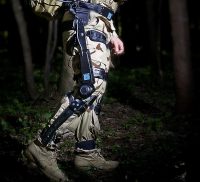
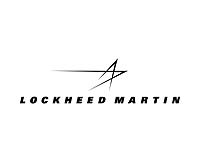
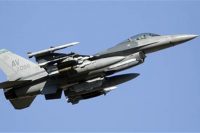
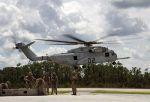
Leave a Reply
You must be logged in to post a comment.